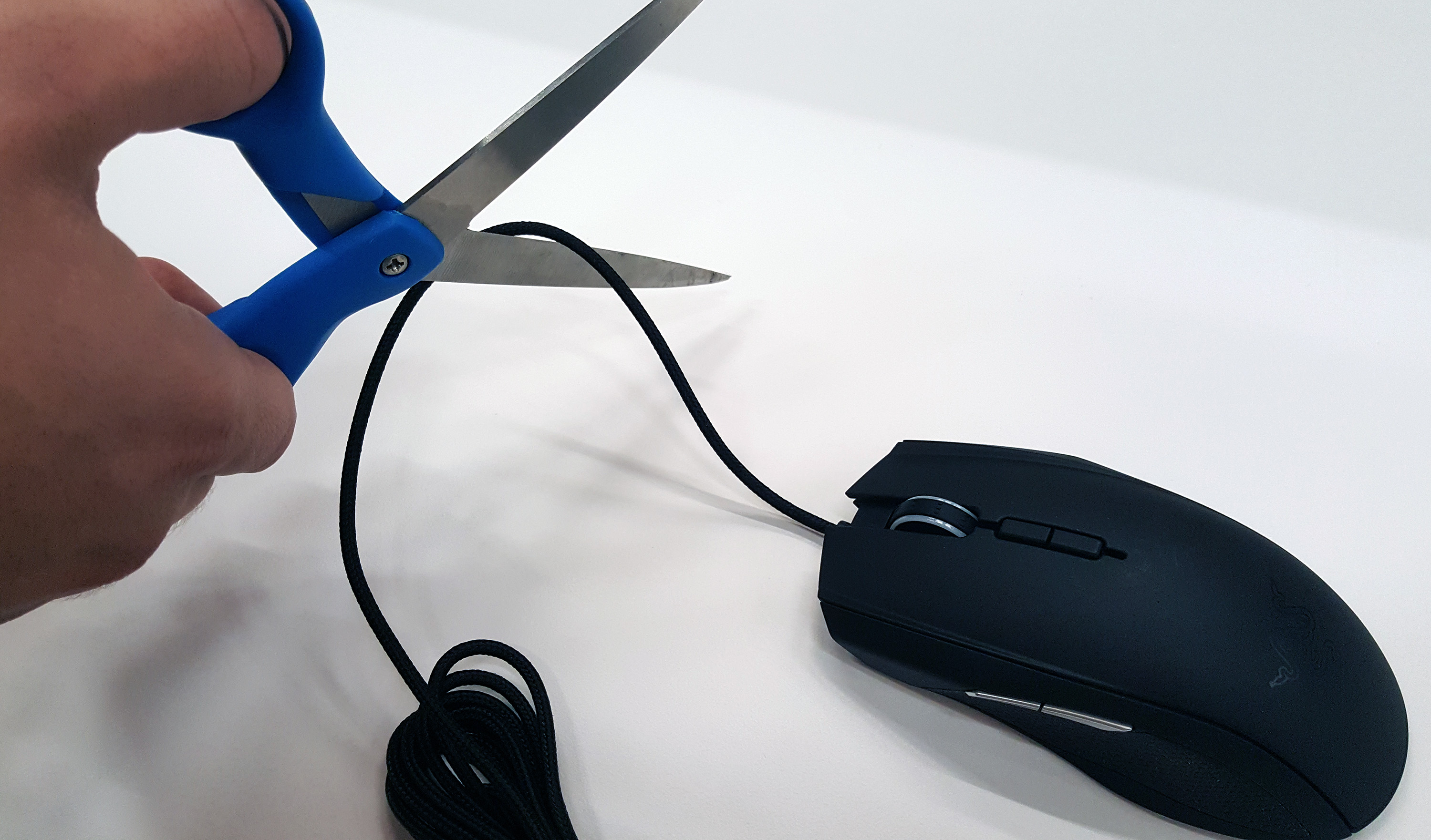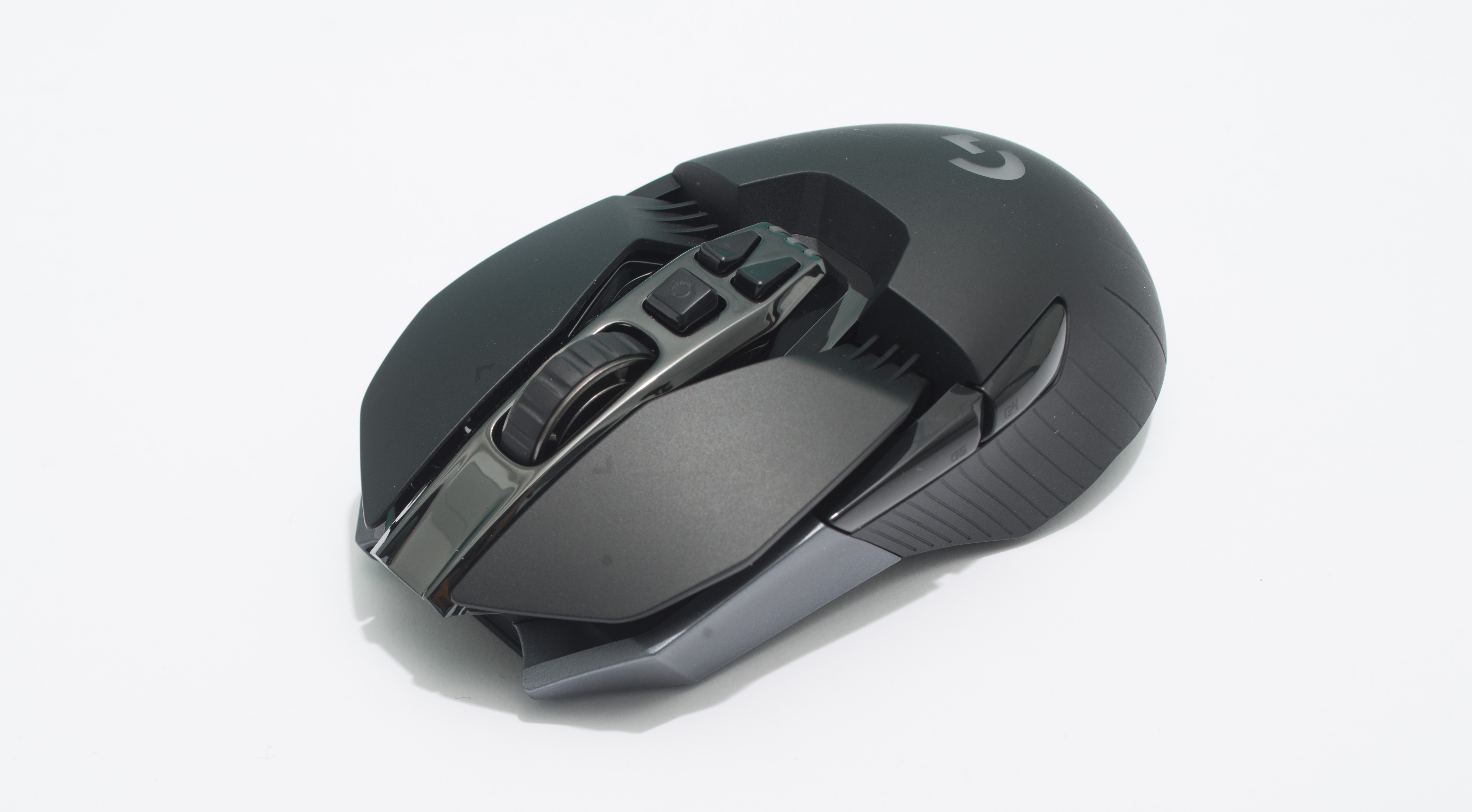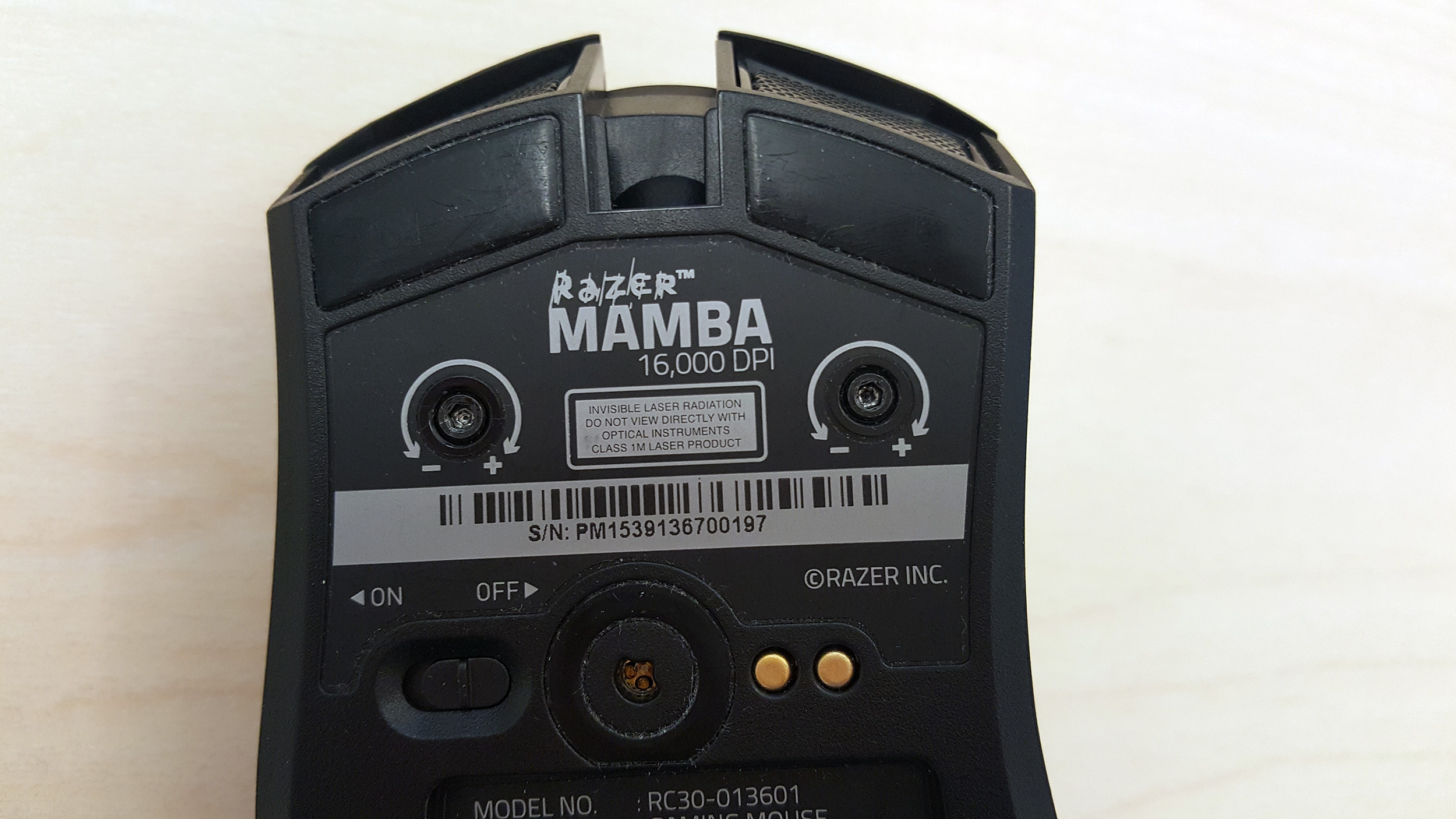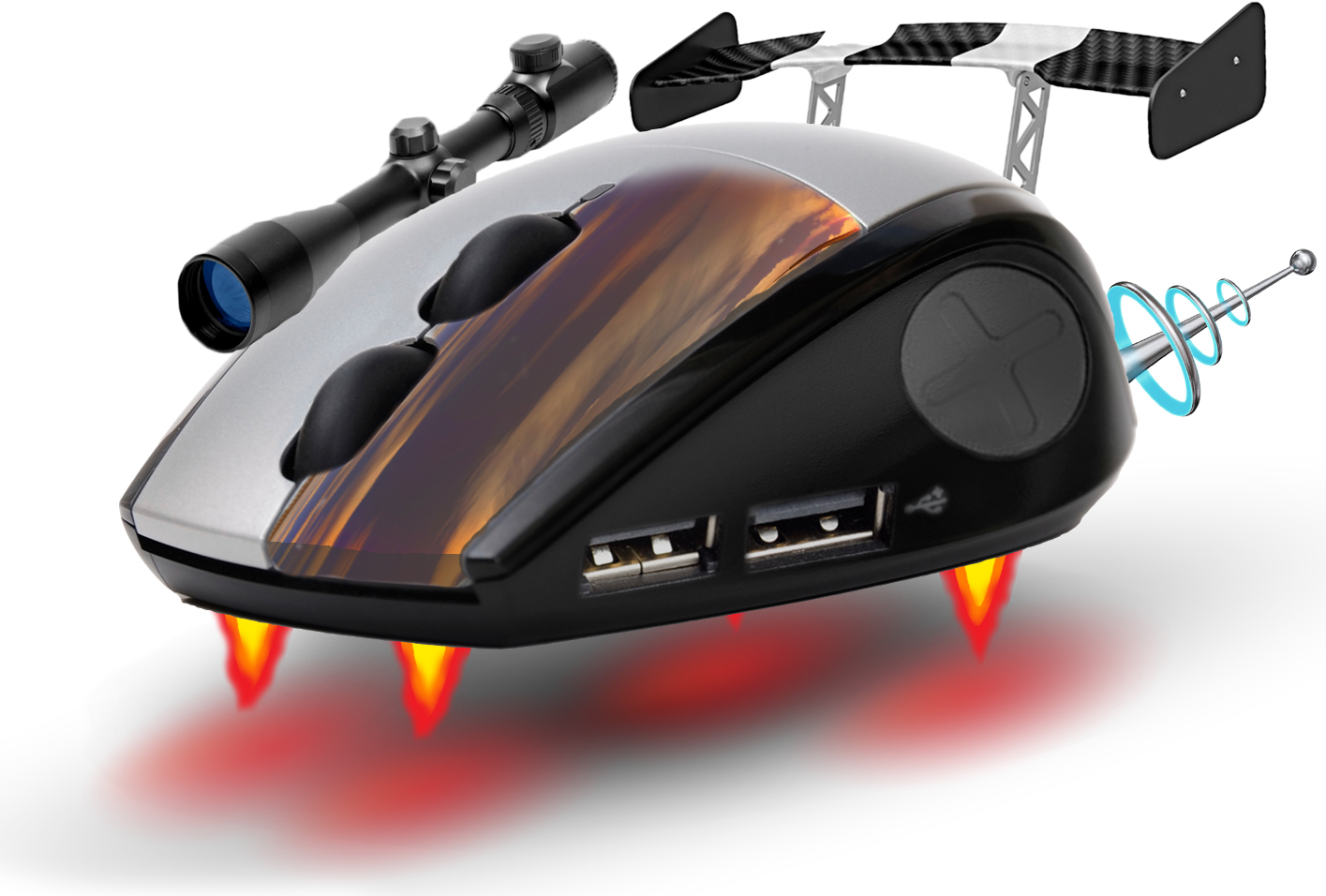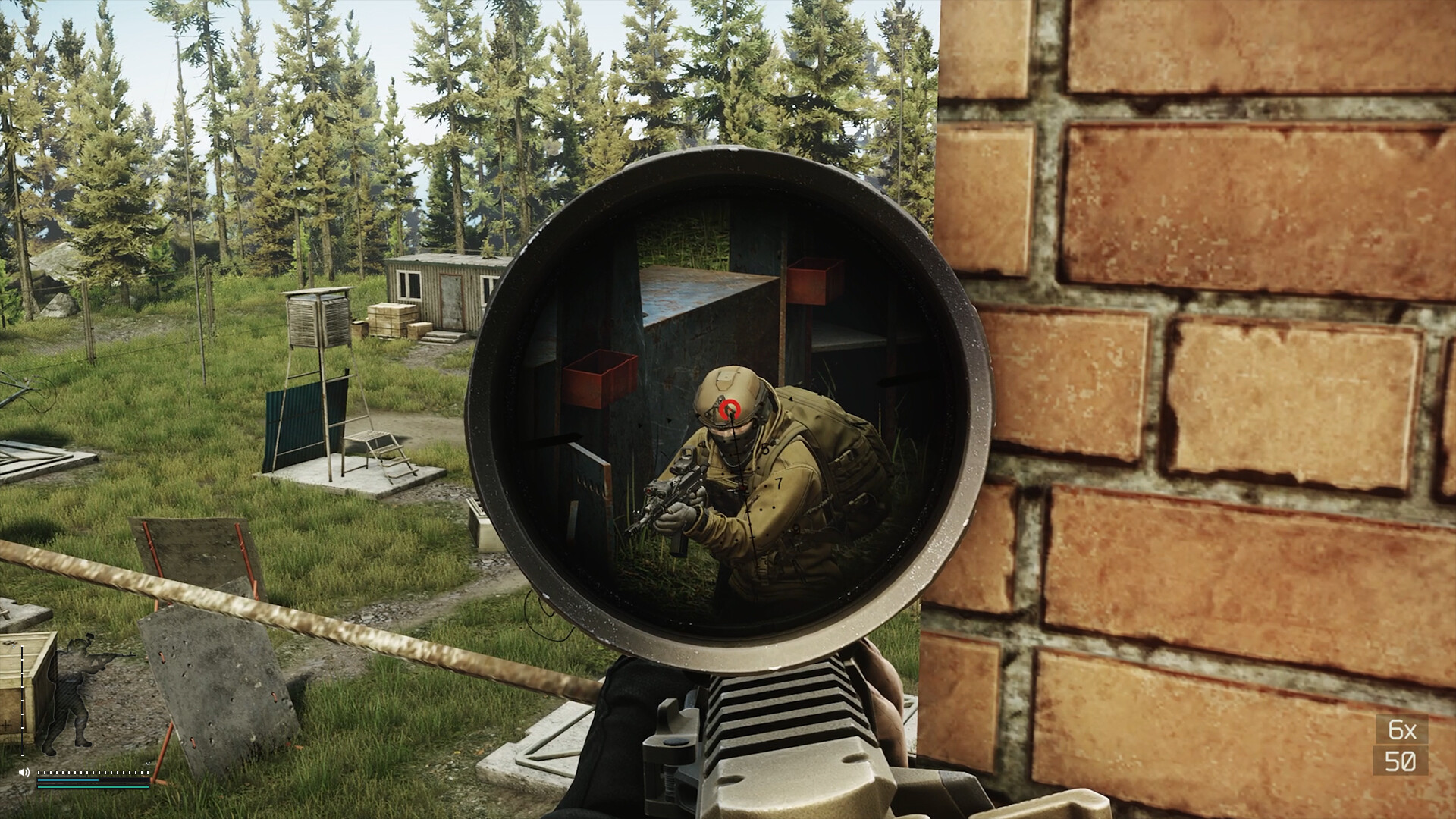It's time to embrace wireless gaming mice
How can gaming mice improve in 2017? We have some ideas, including a big push for wireless.
A year ago I wrote about the gaming mouse of the future, imagining what kind of wild PC peripheral we might be gaming with a decade or two from now. Aside from the tongue-in-cheek Photoshop of a hovering mouse with a spoiler, I got a few real ideas from Roccat and Logitech, like adaptive and self-healing materials and smart sensors. But that was looking far ahead. What's next for mice? What's feasible now? What do I want from my next gaming mouse?
I think it's going to be hard for anything to top my current favorite, the Logitech G900 Chaos Spectrum, anytime soon. I'd say it's the best mouse I've ever used, in performance and feel. And it's wireless, which was a dirty word for years but has never given me a hint of an issue with the G900.
This is my baseline for a new mouse in 2017: excelling where the G900 excels, and helping push wireless to a wider audience.
The year of the wireless mouse
It's time for PC gamers to embrace wireless. If you haven't followed wireless mice in recent years, this might sound crazy. But believe me: things are so much better than they used to be.
The G900's wireless signal is strong enough to punch through a LAN party without interference, and it supports the same 1 ms response time as any wired gaming mouse. I literally can't tell the difference—except that I'm free from the weight and distraction of a cable. You almost don't notice, at first, but when you go back, suddenly being tethered feels so old-fashioned. Usually the cable is no problem, but when desk clutter builds up or a kink works its way into the line, that cable can tug your mouse somewhere you don't want it to go. Wireless is so freeing.
I'll admit wireless still has some obstacles. Let's go over them.
Battery life: To keep the G900 light, Logitech used a rechargeable battery instead of the pair of AAs it put in its older wireless mice. It was the right choice—I can use the mouse for a week or so between charges, and charging is as simple as plugging in the cord for a couple hours—but I do wish for longer battery life.
Keep up to date with the most important stories and the best deals, as picked by the PC Gamer team.
Another obstacle is price: good wireless mice with gaming sensors tend to cost north of $100, which is more than most of us would like to pay. And finally, there's that stigma about performance: plenty of gamers don't know how much wireless has improved in recent years.
All of these obstacles are exactly why I want to see more wireless gaming mice in 2017—because that's how we'll overcome them. The more gamers use high quality wireless mice, the more they'll realize great performance doesn't mandate a cord.
The more of these mice are in production and the more prevalent their components, the cheaper they'll become. And as more engineering muscle focuses on wireless designs, we'll get lower-power components and lighter mice that can devote more weight to larger batteries.
Lightweight is important to me, and at around 107 grams the G900 is damn light for a wireless mouse (the lightest wired mice tend to bottom out in the mid-90s). Other wireless mice I've used tend to weigh around 150 grams. That's too heavy to be ideal for most gamers. I haven't used another wireless mouse that comes close to that light weight target, which gives Razer and Roccat and Steelseries and others something to shoot for in 2017. Give me a wireless Deathadder at 110 grams and I'll call that a huge win.
The price of great wireless gaming mice needs to drop below $100 before they're truly competitive with wired mice. That will take time. I don't expect a night-and-day difference by the end of 2017. But it's an attainable goal, as more wireless mice go into production.
Two more mouse wishes for 2017
Wireless is the main thing I'd like to see take off this year, but there are a couple other trends in mouse design I'd like to see become more commonplace.
Simple customization: Mouse customization is probably the future of high-end gaming mice, and we've already seen some of that in designs like the Razer Ouroboros and the Roccat Nyth. I liked the Nyth a lot and was surprised by how well its customization worked. But I'd like to see a simpler degree of customization across most (or all) mice in the future.
The Nyth has a large space on its left side dedicated to custom button arrangements. By contrast, the Logitech G900 (I know I'm harping on it, but it really is a great mouse) offers a very straightforward ambidextrous design with only two thumb buttons on each side. Crucially, those thumb buttons can be removed and replaced with a flat plastic panel that makes it great for a left- or right-handed user. The mouse has a better shape than the Nyth. I think this should be universal for ambidextrous mice.
Razer's Mamba also offers a cool "click force adjustment" feature that allows you to tweak the sensitivity of its left- and right-click buttons. In my time using the Mamba I wasn't convinced this made me a better gamer, but I like the idea of users being able to adjust buttons to their own feel. Could this work for thumb buttons, too? I don't see why not. Of course, every element of complexity you add to a design raises the price and ups the risk of something breaking. But they're interesting ideas to explore.
New types of sensors and illumination: Okay, I'm really speaking out of my depth here, but I'm excited to see where mouse sensors go in the near future. It wasn't so long ago that all our mice were mechanical, relying on balls to register their passage over our mousepads. Now we use LEDs and lasers and incredibly sensitive sensors to register tiny movements. Modern sensors are amazing.
But surely they could be better, right? They could draw less power, be more accurate, be better at discerning between movement and artifacts. Logitech uses some technology it calls "Darkfield" in some of its office mice, which allows them to track on glass. There are trade-offs, which is why they don't use those same sensors for gaming. They wouldn't be as fast or accurate. But I'd love a gaming mouse that worked just as effectively on glass, or fabric, or any surface, as it does on a mousepad. This won't happen in 2017, but I hope that the smartest minds in sensor tech are playing around with these kinds of possibilities this year.
Those are a few things I'd like to see hints of in gaming mice in 2017. It's time for gamers to give wireless a fair shake, and the other features I mentioned could easily find themselves at home in high-end wireless mice.
If you don't already have the mouse of your dreams, what would you like to see in the next year?

Wes has been covering games and hardware for more than 10 years, first at tech sites like The Wirecutter and Tested before joining the PC Gamer team in 2014. Wes plays a little bit of everything, but he'll always jump at the chance to cover emulation and Japanese games.
When he's not obsessively optimizing and re-optimizing a tangle of conveyor belts in Satisfactory (it's really becoming a problem), he's probably playing a 20-year-old Final Fantasy or some opaque ASCII roguelike. With a focus on writing and editing features, he seeks out personal stories and in-depth histories from the corners of PC gaming and its niche communities. 50% pizza by volume (deep dish, to be specific).
